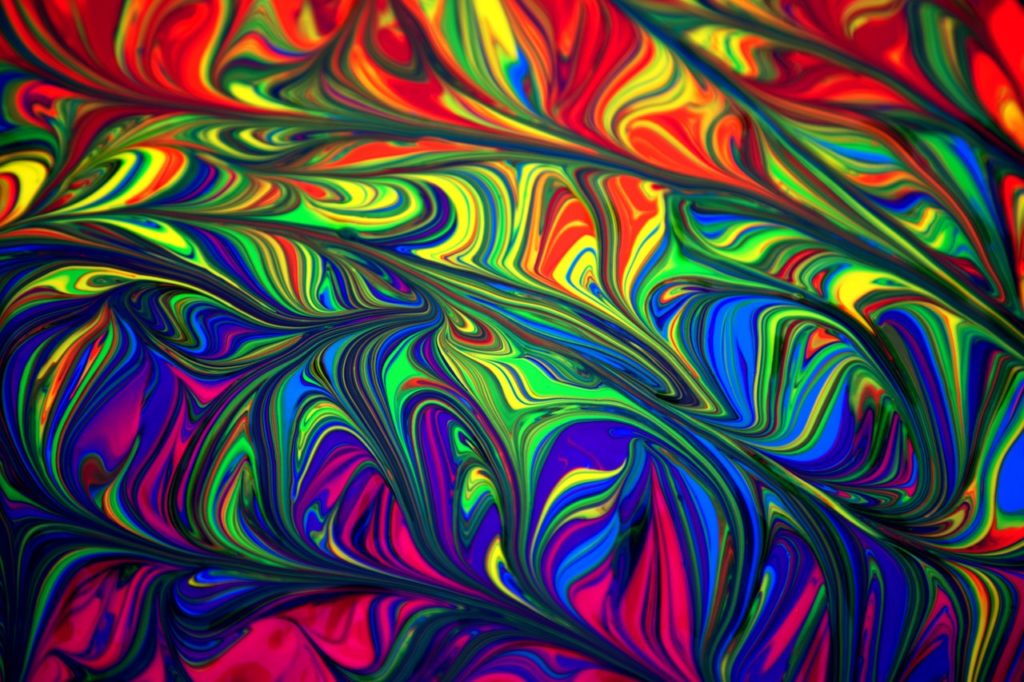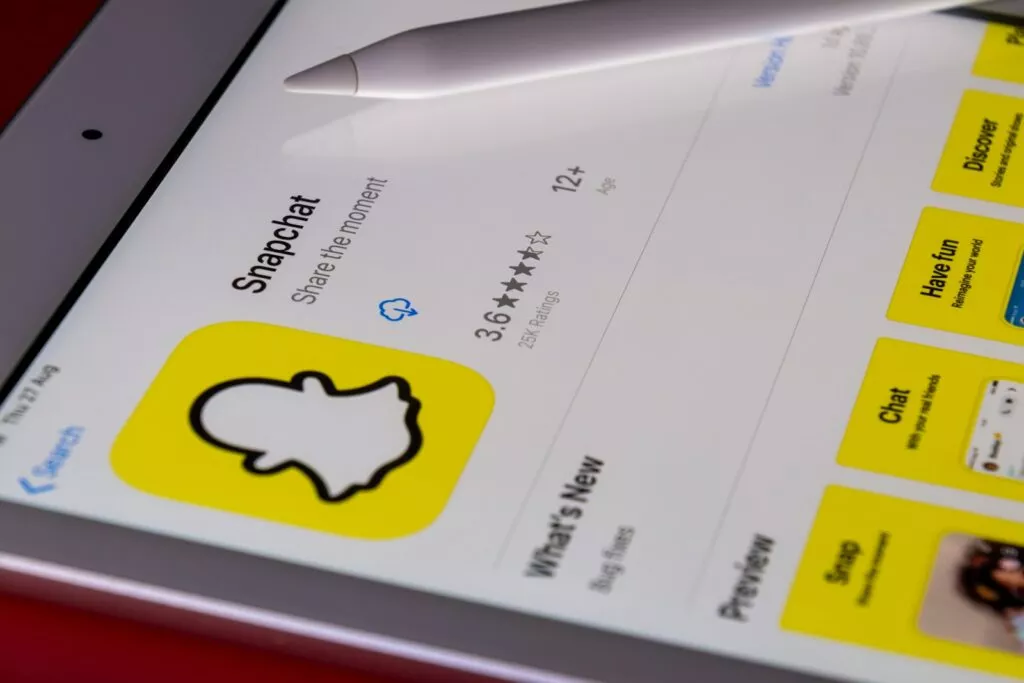Your smartphone camera is way more powerful than any of us probably imagined.

That’s because scientists have found a way to utilize it to spot acne-causing bacteria on your face or even plaque and gingivitis on your gums.
Research published by a team of scientists at the University of Washington demonstrated how, with a simple case modification and a range of image processing tools, they could use a smartphone camera to detect bacteria in these areas, PetaPixel reports. Using a standard smartphone camera without a modification won’t work because it captures in the RGB spectrum. Spotting bacteria requires different wavelengths but there is a way to make certain aspects visible to an RBG camera. The modification uses a set of LED lights that are able to activate a class of molecules that come from bacteria called porphyrins which glow fluorescent red under the light. These images are then able to be converted into what is known as a pseudo-multispectrum photograph or, in other words, a simulated multispectrum photograph.
Professor of bioengineering and ophthalmology Ruikang Wang led the team.
As for the research’s findings, he commented, “Bacteria on skin and in our mouths can have wide impacts on our health — from causing tooth to decay to slowing down wound healing. Since smartphones are so widely used, we wanted to develop a cost-effective, easy tool that people could use to learn about bacteria on skin and in the oral cavity.”
“That is the beauty of this technique: We can look at different components simultaneously. If you have bacteria producing a different byproduct that you want to detect, you can use the same image to look for it — something you can’t do today with conventional imaging systems.”
You can check out the research here for yourself.
Do you think your smartphone camera will be used in other applications related to your health in the future? Do you currently use any smart devices in this regard? Let us know what you think of the ability of a smartphone camera to spot acne-causing bacteria in the comments section below.
Don’t forget to check out our other photography news on Light Stalking at this link right here.




